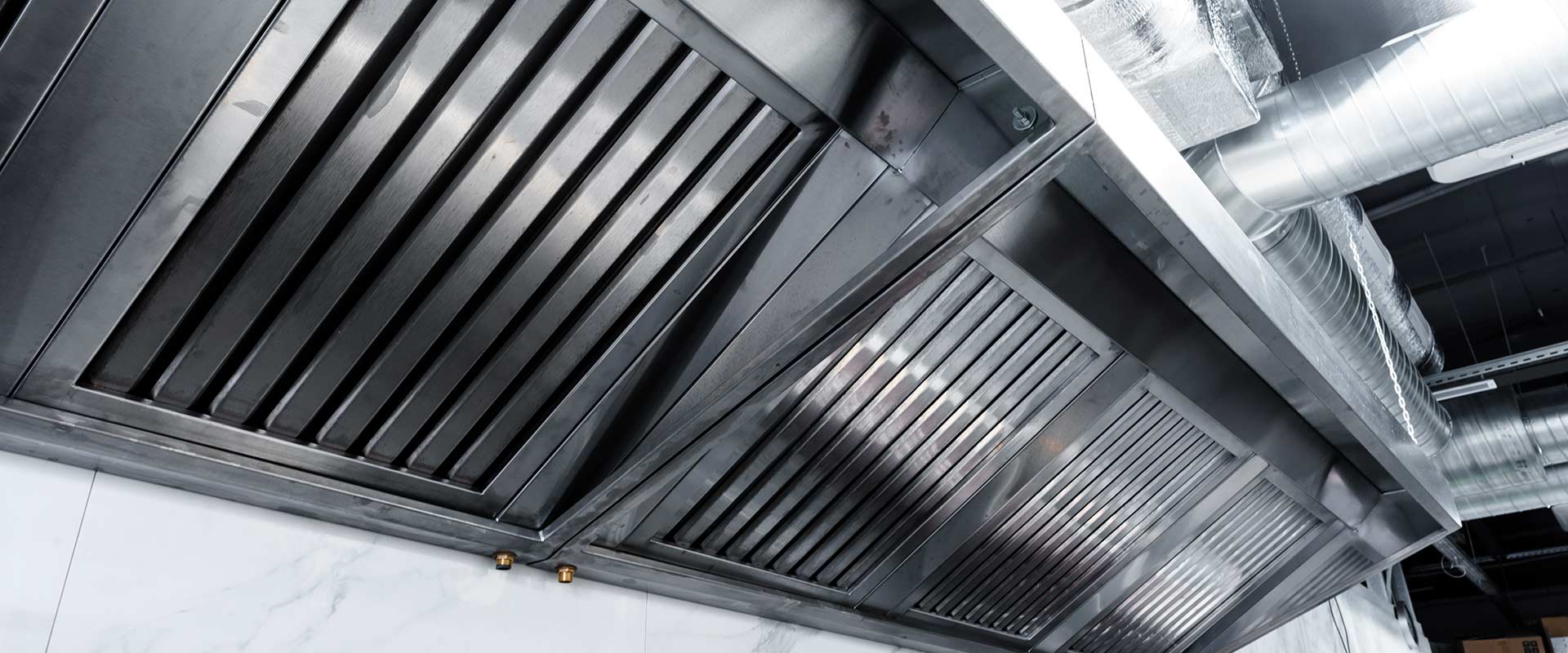Restaurant Hood Systems
Safeguarding Commercial Kitchens: Kitchen Hood Systems for Fire Protection
Commercial kitchens are vibrant hubs of culinary activity, but they also present unique fire hazards due to the presence of flammable materials and high-temperature cooking processes. Kitchen Hood Systems, equipped with fire protection mechanisms, play a crucial role in minimizing the risk of fires and ensuring the safety of personnel and property in these environments. This page provides a comprehensive overview of Kitchen Hood Systems for fire protection, emphasizing their importance, functionality, installation, and maintenance requirements.
Importance of Kitchen Hood Systems for Fire Protection
Kitchen Hood Systems are essential components of fire safety infrastructure in commercial kitchens, serving the following key purposes:
- Fire Containment: Capturing and containing grease, smoke, and cooking fumes, which are potential fire hazards, to prevent the rapid spread of fire.
- Fire Suppression: Deploying fire suppression mechanisms, such as wet chemical agents, to extinguish or control fires that may occur in cooking appliances and exhaust ducts.
- Smoke Control: Managing and extracting smoke and airborne contaminants to maintain a safe and clear environment for kitchen staff and patrons.
Functionality and Components
Kitchen Hood Systems typically consist of the following essential components:
- Hood and Filters: The hood captures cooking by-products, while filters trap grease and particles, preventing the accumulation of flammable residues.
- Fire Suppression System: Utilizing wet chemical agents, this system rapidly responds to fires in cooking appliances, extinguishing flames and preventing re-ignition.
- Exhaust Ducts: Transporting cooking by-products from the hood to the exterior, these ducts require fire-rated construction to minimize the risk of fire spread.
- Control Panel and Interlocks: The control panel activates the fire suppression system and may be integrated with appliance interlocks to shut down cooking equipment during a fire event.
Installation and Compliance
The installation of Kitchen Hood Systems for fire protection demands meticulous attention to design, construction, and compliance with fire safety regulations and standards. Collaboration with experienced fire protection professionals is essential to ensure that the system is carefully engineered, installed, and tested to meet the specific requirements of the kitchen environment.
Compliance with local fire codes, NFPA standards, and equipment manufacturer guidelines is crucial for the installation and ongoing operation of Kitchen Hood Systems. Regular inspections, functional testing, and documentation are essential to demonstrate compliance and ensure the system’s readiness for emergency response.
Maintenance and Servicing
Ongoing maintenance and servicing are critical to the operational integrity of Kitchen Hood Systems for fire protection. Routine inspections, functional testing, and proactive maintenance by qualified fire safety technicians are indispensable to uphold the system’s effectiveness and compliance with regulatory standards.
Kitchen Hood Systems for fire protection are vital components of fire safety infrastructure in commercial kitchens, mitigating the risk of fires and ensuring the safety of kitchen staff, patrons, and property. By prioritizing the installation and maintenance of these systems, kitchen operators can demonstrate a commitment to fire safety, regulatory compliance, and the well-being of their personnel and establishments.
By investing in specialized fire protection equipment for commercial kitchens, operators are not only fortifying the safety of their establishments but also demonstrating a commitment to regulatory compliance and the well-being of their personnel and patrons.
Continual exposure to high temperatures can cause fires in kitchens for various reasons. Any commercial kitchen is at risk, so it is critical to be prepared with a hood suppression system anywhere food is prepared. The suppression system can be connected to both the kitchen hood and the gas line that runs through it so that when the system is activated, the gas line is shut off.
Common Applications:
- Restaurants
- Assisted living kitchens
- Hospital cafeterias
- School cafeterias
For comprehensive expertise in Kitchen Hood Systems for fire protection and fire safety services that prioritize safety and compliance, The Hiller Companies, offers tailored solutions designed to meet the unique requirements of commercial kitchen environments. Contact us today to learn more about how we can enhance the fire safety of your establishment.
